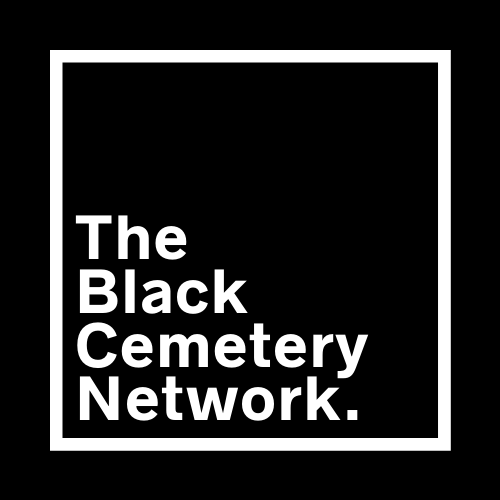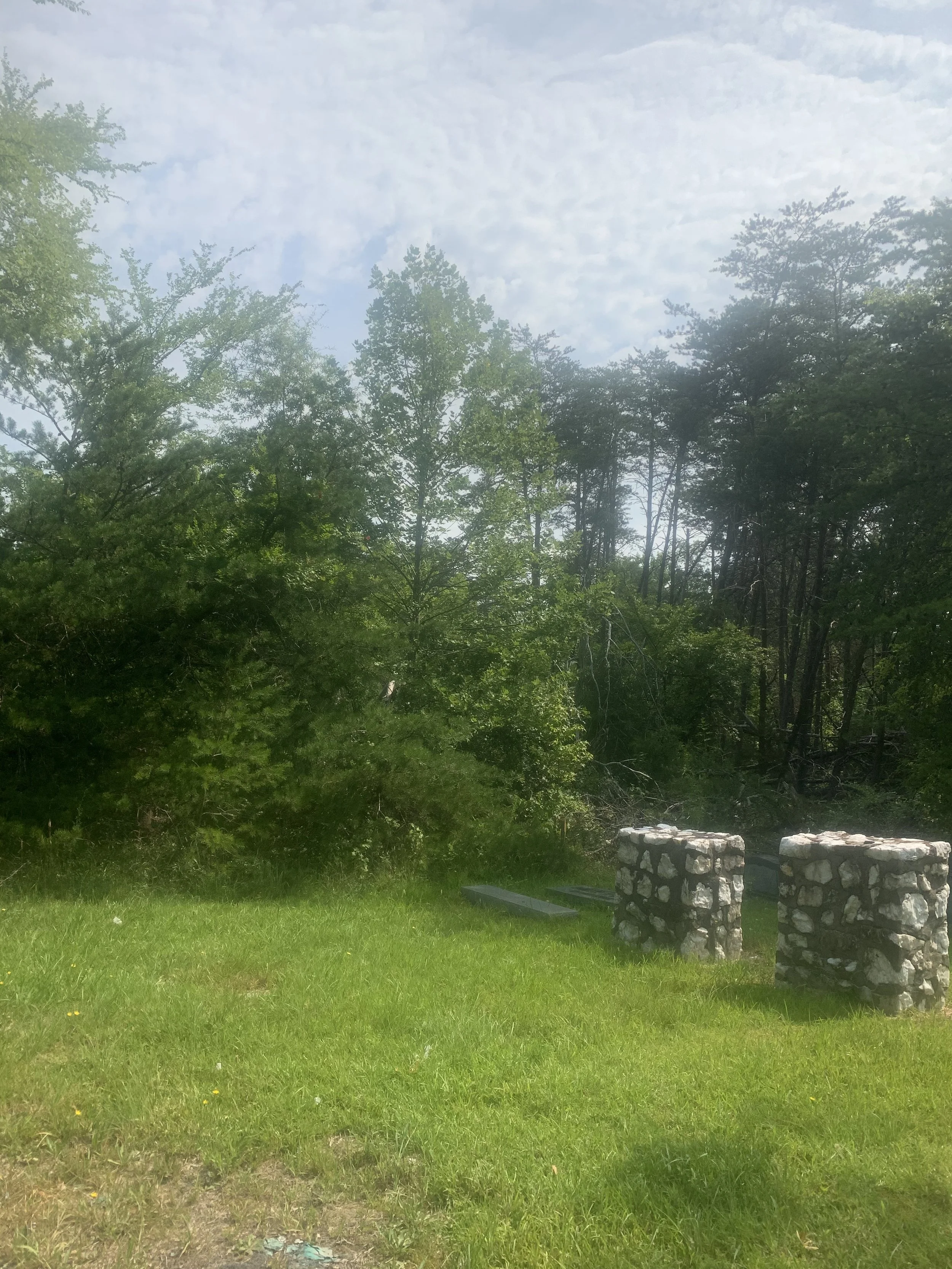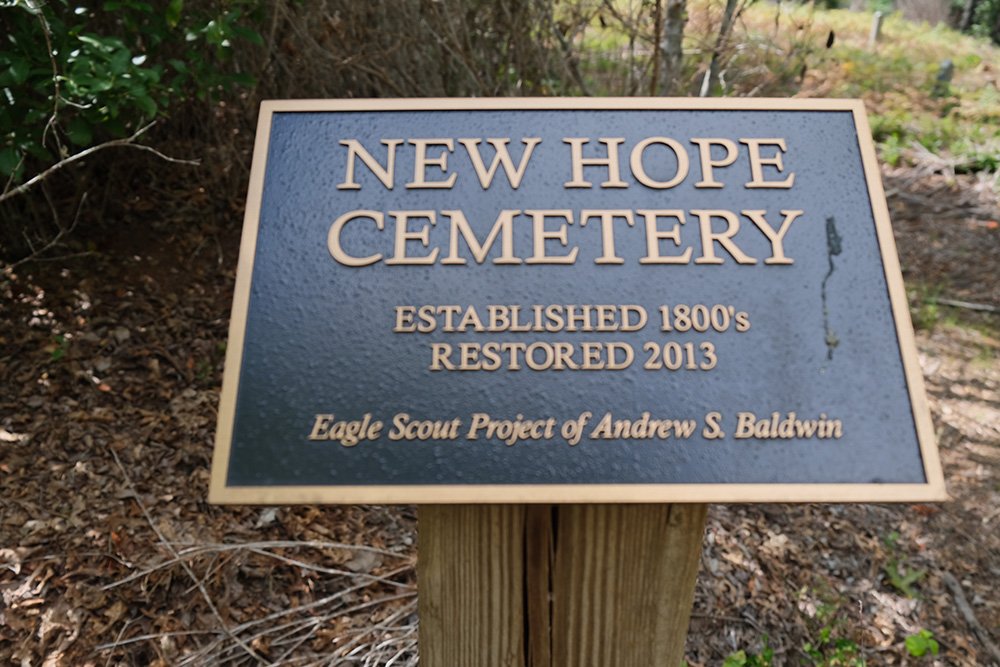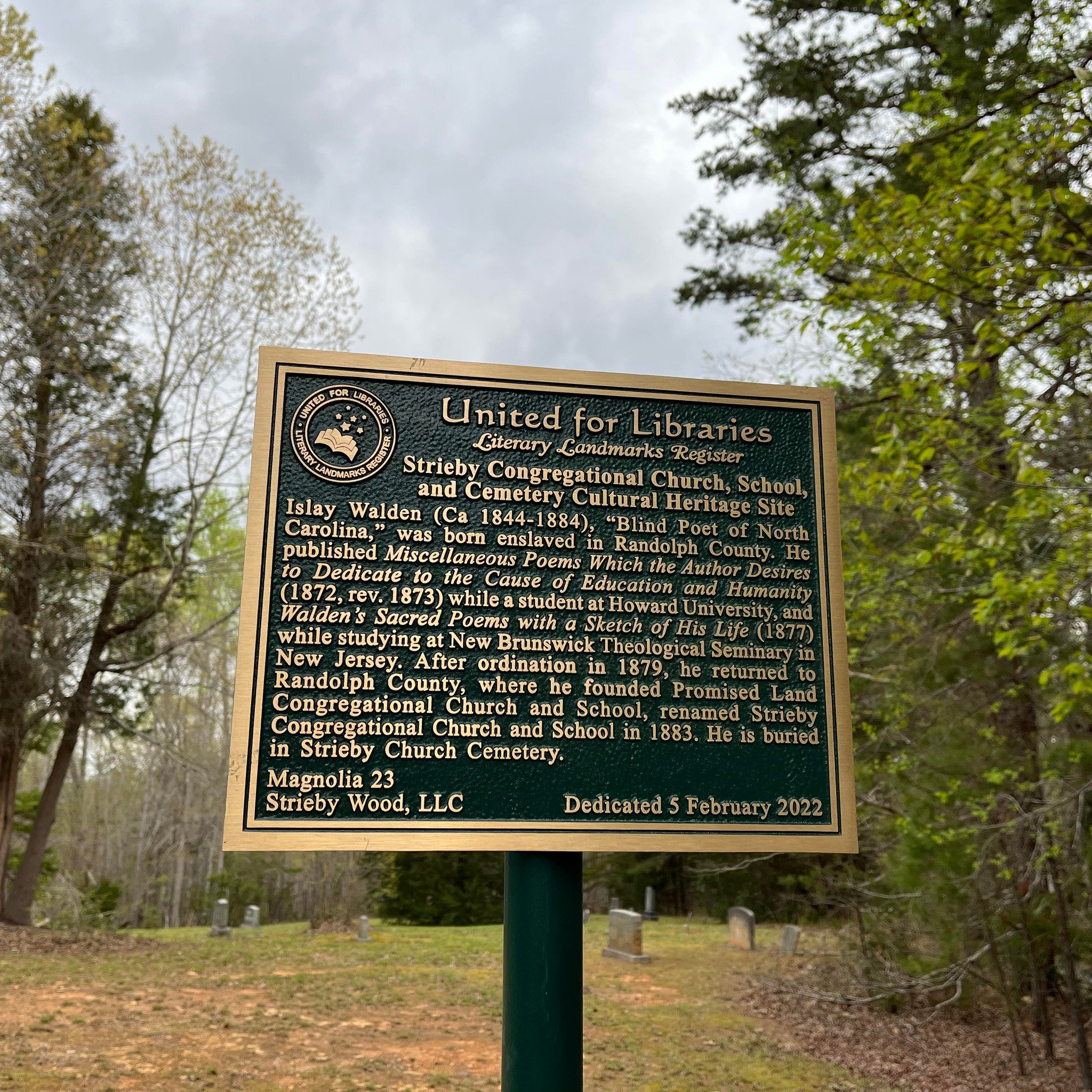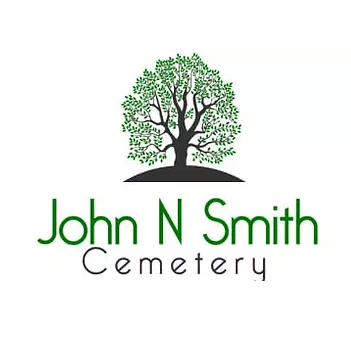SITE DIRECTORY
To learn more about any of the BCN sites listed below, click “Read more” to view individual site briefs. To search for a specific BCN site, use the search bar below:
Snow Hill Primitive Baptist Cemetery
SNOW HILL PRIMITIVE BAPTIST CEMETERY
FOUNDED: 1929
ADDITONAL NAMES: None
AFFILIATION(S): Previously affiliated with Snow Hill Baptist Church
HISTORY: Snow Hill Cemetery, located in Mebane North Carolina, has been burial ground to many in the now Miles Chapel area formerly known as Unity in Alamance County. Families from the Moore, Hightower, Miles, Lea and others were buried there. This cemetery is a burial ground for early teacher Eliza Lea, who taught at Pleasant Grove Union, and Turner Moore, who helped found what’s now known as Miles Chapel church.
BCN Contact Information:
Melissa Enoch
msmelissae45@gmail.com
Little Davy Cemetery
LITTLE DAVY CEMETERY
FOUNDED: 1880
ADDITONAL NAMES: Trinity Cemetery #2
AFFILIATION(S): N/A
HISTORY:
The Little Davy Cemetery is located in the area previously known as Little Davy. This area had a thriving black community. In 1880, the Freedman's Bureau built a school across the street from the cemetery. The first burial, that we know of, was in 1889 and the last burial was in 2012.
BCN Contact Information:
Kendra Lyons
klyons@randolphlibrary.org
South Asheville Cemetery
SOUTH ASHEVILLE CEMETERY
FOUNDED: Early 1800s
ADDITONAL NAMES: Bracket Town, McDowell Burial Ground, and South Asheville Colored Cemetery
AFFILIATION(S): N/A
HISTORY:
The cemetery had become associated with the area of South Asheville, in general, by the late nineteenth century, and by the early twentieth century the cemetery was closely associated with two churches: the AME Zion Methodist Church and the Saint John A Baptist Church. In 1912, St. John A Baptist Church was built on land adjacent to the cemetery and a schoolhouse for Black children, and many--though not all--people interred in the cemetery attended either St. John A Baptist or AME Zion Methodist. Over time, the use of the cemetery grew to larger circles of people, and by the early-to-mid-twentieth century Black people from across Asheville--many of whom had moved to the area from elsewhere--were interred in the cemetery. Burials peaked in 1927. The last burial took place in 1943. Approximately two acres in size, the cemetery is the final resting place for at least two thousand (and perhaps as many as three thousand) people, though there are fewer than one hundred headstones with names, birthdates, and death dates. There are no written cemetery records of burials. Now the cemetery is maintained through the South Asheville Cemetery Association, a 501(c)3 organization, and it is open to the public.
The South Asheville Cemetery began as a slave burial ground, and its first known caretaker was an enslaved person named George Avery (1844-1938). Mr. Avery was owned by William Wallace McDowell (1823-1893), who lived in the Smith-McDowell House, and Mr. McDowell entrusted Mr. Avery as the manager of this cemetery, located on the family's property. Recognizing that the Confederacy was going to lose the Civil War, Mr. Avery decided to join the Union Army, and after the war Mr. Avery earned a pension as a result of his service in Company D, 40th United States Colored Troops. Upon his return to Buncombe County, Mr. Avery continued to oversee burials at the cemetery until his death in 1938, though he left no written burial records about the cemetery or its occupants. Mr. Avery's monument is one of only ninety-three headstones that have names or dates identifying the people buried at this site, but the South Asheville Cemetery is a two-acre burial ground that serves as the final resting place for approximately two thousand African Americans.
During the 20th century, the neighborhood surrounding the cemetery would come to be called South Asheville. This area was absorbed into Kenilworth and then, subsequently, into the City of Asheville. African American residents of South Asheville mostly attended two churches, St. John “A” Baptist and St. Mark A.M.E. Church. Over this same time period, the South Asheville Cemetery was one of only a few cemeteries for African Americans in the region, and it is notably the oldest public African American cemetery in western North Carolina.
Part of the South Asheville Cemetery was allotted for church congregants, but any African American community member could be buried in the cemetery for a nominal fee. Many of these people were buried in wicker baskets or pine coffins, their graves marked only by field stones or handmade crosses. Due to the settling of the ground and the array of unusual grave markers, the cemetery must be cleared by hand. The South Asheville Cemetery was closed after the City of Asheville annexed South Asheville and Kenilworth, and the last person interred there was Robert C. Watkins, buried in 1943.
The South Asheville Cemetery fell into disrepair during the mid-twentieth century, but in the 1980s members of the St. John "A" Baptist Church community--most notably George Gibson and George Taylor--began restoration efforts on the property. It was brought back to the public’s attention over this time period when a series of oral history recordings, now housed at the UNC-Asheville Special Collections Library, documented people’s recollections of the cemetery. Over the last thirty years, thousands of volunteers have worked with members of the South Asheville Cemetery Association to improve and maintain this sacred and historical site in an effort to promote greater public awareness of African American history in Buncombe County and to honor the people buried there.
BCN Contact Information:
South Asheville Cemetery Association
epearson@unca.edu
St. Lloyd Presbyterian Cemetery
ST. LLOYD PRESBYTERIAN CEMETERY
FOUNDED: 1867
ADDITONAL NAMES: Cemetery #1 and Cemetery #2
AFFILIATION(S): N/A
HISTORY:
In October 1867, a group of African-American members of Sharon Presbyterian Church, in what was then known as Sharon Township in Charlotte, NC, appeared before the Church Elders. According to minutes of that Session, these members requested "advice and aid in building a house of worship for the colored people." Though the names of the petitioners and the church they wished to establish are not in the church's minutes, it is believed that these African-American members were the subsequent founders of St. Lloyd Presbyterian Church.
The church moved to a new location in Grier Heights after the SouthPark land was sold to Sarah and Cameron Morrison, who had been governor of North Carolina, around 1926. At this time the five trustees were James Rodman, Hall Price, Thomas Knox, Walter Davis and Frank Price for Lloyd Presbyterian Church. A second church and cemetery was formed on 2 acres plus from E.W Wallace and Katie C. Wallace when it was possible for blacks to own land at the Grier Heights location. The Wallace's were members of the Colony Road church who had become landowners in Mecklenburg County. Over time, as church members merged with other local congregations, the church building at cemetery #2 was removed in the mid-1970th.
Today what remains of the church are these two cemeteries: one in SouthPark and one in Grier Heights. The foundation, representing Grier Heights and SouthPark residents, will ensure the long-term care and preservation of these historic sites, continuing the legacy for future generations.
BCN Contact Information:
St. Lloyd Presbyterian Cemetery Foundation, Inc.
Wayne Johnson
wayne@waynejohnsonproperties.com
Ferree's Chapel Cemetery
FERREE’S CHAPEL CEMETERY
FOUNDED: Early 1900’s
ADDITONAL NAMES: N/A
AFFILIATION(S):
Randolph County Library’s Randolph Room
HISTORY:
Ferree’s Chapel Cemetery is located in Randleman, North Carolina. It is behind what is now the Academy Street Baptist Church. It was sold to them in 1959 after the death of Tamer Allred. The administrator of her will had a commissioner appointed and the land was sold. We have not been able to find any records of where the land originally came from. Tamer was a Quaker, and we believe she inherited the land from her father. There are no records indicating that there was a church called Ferree’s Chapel in this spot. There is a Ferree’s Chapel in Randleman, but it is across town. The Baptist church and its forbearers do not have a cemetery with this church.
BCN Contact Information:
Kendra Lyons
Genealogist, Randolph Room
Randolph County Public Library
BARBEE-HARGRAVES CEMETERY
BARBEE-HARGRAVES CEMETERY
FOUNDED: 1790
ADDITONAL NAMES: Town of Chapel Hill
AFFILIATION(S): N/A
HISTORY:
The cemetery was in use from 1790 until 1915 for African American burials, predominantly slaves of the Morgan, Barbee, and Hargrave families and their descendants. Mark Morgan is known to have owned six slaves in 1755 named Rafe, James, Nell, Cate, Jude, and Cloe. By 1777, in the inventory of his estate, he owned 22 slaves. Since at this time slaves were inheritable property, it is likely that these enslaved laborers became property of Mark Morgan’s son Hardy. As Hardy Morgan acquired additional land grants, adding to his father’s property, he may have also acquired more slaves. The majority of the graves likely belong to these African American slaves or their descendants. There is some possibility that the cemetery was used for white burials as well.
Few of the graves are identified, but oral history tradition and interviews conducted with Hargrave descendants indicate that George Hargrove, who died in 1910, and his wife, Charlotte Hargrove, are buried in the Barbee-Hargrave cemetery. There are also stories of an engraved headstone that read “Thomas” and “1805.” It was estimated before ground penetrating radar that there were about 40 to 50 graves in the cemetery.
In May 2011, the Town of Chapel Hill Department of Parks and Recreation contracted Preservation Chapel Hill to conduct research on the cemetery and ensure its preservation. PCH worked with Scott Seibel and Terri Russ of Environmental Services, Inc., to locate and record possible unmarked grave shafts. Through the use of these methods, Seibel and Russ found that there were 53 potential burials, 24 of which had a stone marker while 29 had no observable markers. Most of the potential graves were located in noticeable rows, making them more certain.
BCN Contact Information:
Debra Lane
DLANE@TOWNOFCHAPELHILL.ORG
New Hope Cemetery
NEW HOPE CEMETERY
FOUNDED: 1800s
ADDITONAL NAMES: New Hope Church Cemetery, New Hope Methodist Church Cemetery
AFFILIATION(S): N/A
HISTORY:
New Hope Methodist Church was established between 1885 and 1890 by the Black congregants of Franklin United Methodist Church. According to the late Barbara McRae, a local historian, the trustees of New Hope Methodist Church officially acquired the land tract for the cemetery in 1893. However, New Hope Cemetery was likely used prior to the establishment of the church. Usage of the cemetery ceased in the 1940s, when New Hope Methodist Church membership declined, and the church fell into disrepair. The church’s building, which is no longer standing, is said to have been burned or torn down in the late 1960s. The cemetery was in a poor condition since at least 1938, when a Works Progress Administration (WPA) worker noted that the cemetery’s condition was “very bad.” The WPA survey of the cemetery notes the four headstones that were readable at the time, which included: Lizzie Dickey, Ada Greenwood, Mollie Holden, and Jency McAfee. There is a total of 7 marked and at least 34 unmarked graves in the cemetery. Death certificates from 1909 onwards verify that at least 40 individuals were buried in the cemetery.
The cemetery is located at the top of a steep hill, which overlooks land that served as a community to a number of African American families during that time period. The last known member of New Hope Methodist Church, Josephine Greenwood Burgess, recalled that the road for carrying bodies into the cemetery eventually washed out, making the last funerals and maintenance of the cemetery difficult. Ms. Josephine Burgess passed away in 2014.
The cemetery was restored by Andrew Baldwin as part of an Eagle Scout project in 2013. He presented his proposal to clean up the cemetery to the Macon County Board of Commissioners, who agreed to support his project. They declared the cemetery “public and abandoned.” Baldwin gathered a group of volunteers, including students and a faculty member from Western Carolina University. The county contracted with a company to conduct a survey of the cemetery. As a result of Baldwin’s work, a sign was placed at the cemetery in March 2013. Later that year, the Macon County Cemetery Board of Trustees was also established to oversee maintenance of New Hope Cemetery and other abandoned cemeteries in Macon County.
BCN Contact Information:
Olivia Dorsey
hey@oliviapeacock.com
Woodlawn Cemetery
WOODLAWN CEMETERY
FOUNDED: At least since 1928
ADDITONAL NAMES: N/A
AFFILIATION(S):
NC Historic Cemetery Registry
HISTORY:
This cemetery is located in historic West Southern Pines. In 1923, West Southern Pines was one of the first incorporated Black Townships in NC. It is on a parcel contiguous to the site of the West Southern Pines Rosenwald School that was built in 1924. The Rosenwald School building is no longer in existence.
It was made available by the Buchan Family in mid-1960’s. The West Southern Pines Churches used this cemetery to bury the members of their church.
Woodlawn Cemetery is listed on the NC Historic Black Cemetery Registry file #31MR446.
BCN Contact Information:
Southern Pines Land & Housing Trust
info@splandandhousingtrust.org
Strieby congregational United Church of Christ cemetery
STRIEBY CONGREGATIONAL UNITED CHURCH OF CHRIST CEMETERY
FOUNDED: 1880
ADDITONAL NAMES: N/A
AFFILIATION(S): N/A
HISTORY:
Strieby was founded by the Rev Islay Walden, who was visually impaired, grew up enslaved in the community. After emancipation, he received his teaching degree from Howard University in 1876, during which time he wrote his fist book of poems, “Miscellaneous Poems, Which the Author Desires to Dedicate to the Cause of Education and Humanity” and founded a Sabbath School. Subsequently he attended and graduated from the New Brunswick Theological Seminary, where he wrote a second book of poems, “Walden’s Sacred Poems with a Sketch of His Life,” and established another school called the Student Mission. He was ordained in 1879 and returned to Randolph County, NC, under the auspices of the American Missionary Association. He purchased 6 acres in southwestern Randolph on which he built both a church and a school and the cemetery, first called Promised Land Church and Academy. The school and church became important centers of African American life. In 1883, Walden petitioned for and was appointed postmaster of a community post office, named Strieby. The church, school, and cemetery were subsequently renamed Strieby. The school continued until the late 1920s when it was merged with another county African American school. A new church building was built in 1972 after the original was condemned. Descendants of the founders continue to bury family members in the cemetery. Rev. Islay Walden died in 1884 and is buried in the cemetery. Vella Lassiter, a community member, graduate of the school, teacher, and trustee, who won a landmark civil rights case in 1937 and affirmed by the state Supreme Court in 1939, is also buried in the cemetery.
In 2014, the site was named a Randolph County Cultural Heritage Site, by the county Historic Preservation and Landmark Commission. In 2021, the site was named a Literary Landmark by United for Libraries, in honor of the the Rev. Islay Walden, “Blind Poet of North Carolina.”
BCN Contact Information:
Margo Lee Williams
margolw@gmail.com
Taylor Black Cemetery
TAYLOR BLACK CEMETERY
FOUNDED: 1893 - first recorded burial
ADDITONAL NAMES: None
AFFILIATION(S): None
HISTORY:
Taylor Black Cemetery located in Bull Head Township, Snow Hill, Greene County, NC was established in 1893 with the first recorded burial being Lucinda Edwards Taylor. The cemetery sits back in the middle of a field in the NC countryside. The land was originally owned by the Taylor family, who appropriated the land for the slaves in the area to be buried. The land was eventually purchased by a black man, Lewis Swinson, but those records have been lost, due to a fire at the Greene County Courthouse in the late 1800's. The cemetery currently sits on the Griffin farm. In 2020 the Gardner family raised funds to clean the 2-acre cemetery and it has been upkept since. In 2022 the Taylor Black Cemetery group was formed with the main purpose to secure funding for the long-term preservation of this unique cemetery.
BCN Contact Information:
Taylor Black Cemetery
taylorblackcemetery@gmail.com
Allen’s Temple AME Church
ALLEN’S TEMPLE AME CEMETERY
FOUNDED: 1895
ADDITONAL NAMES: None
AFFILIATION(S): None
HISTORY:
According to land records the land was originally purchased on 5 November 1895 by the trustees of Allen Temple AME Church. According to the corner stone, the wooden church structure was Dedicated 27 September 1947. The church property was sold 9 April 1970. The cemetery was not included in this sale and as far as I can tell is still owned by the AME Church. There are many unmarked graves, and I am sure there are some we don’t know about and except for one or two upright stones, this cemetery appears to be an abandoned lot.
When they built the 220 bypass in the 1960’s, it split the local neighborhood. That meant that if you didn’t have a car, it was very hard to get to the church. That along with some threats to fire bomb the church, during the civil rights movement, meant that fewer and fewer people attended. It seems that the church was not closed so much as just slowly died. Genealogies, land records, newspaper articles and maps can be found in the Randolph Room in the Randolph County North Carolina Library.
BCN Contact Information:
Kendra Lyons
klyons@randolphlibrary.org
GEER CEMETERY
GEER CEMETERY
FOUNDED: 1877
ADDITONAL NAMES: City Cemetery, Ferrell Road Cemetery
AFFILIATION(S):
Friends of Geer Cemetery
HISTORY:
Geer Cemetery is in Durham, NC. The earliest origins of Geer date to a deed dated March 28, 1877, which documents the sale of the land to John O’Daniel, Nelson Mitchell, and Willis Moore from Frederick and Polly Geer. Two additional deeds have been found purchasing additional land. These deeds contain additional names as the purchasers leading to the speculation that there was some type of organization that was xx the cemetery. The cemetery was initially in Orange County and became part of Durham County when Durham County was created in 1881. Geer Cemetery was an active burial ground until the 1930s. Of the three largest cemeteries created by African American in the late 1800s, it is the only one that has not been affected by urban development. There are over 2,000 burials at Geer Cemetery there are many life stories to tell. The people in Geer Cemetery were ministers, entrepreneurs, business owners, educators, laborers, professionals, and more. Many of the early burials were people who had been enslaved and settled in Durham to work in the tobacco industry. Many of these early settlers were landowners, creating the Hayti township within Durham. Hayti became the social and cultural center of Durham’s African American community and a model for self-sufficient African American communities in the South.
BCN Contact Information:
Debra T Gonzalez
taylorgg.dl@gmail.com
friendsofgeercemetery.org (under construction)
Historic Unity Cemetery
HISTORIC UNITY CEMETERY
FOUNDED: March 1901
ADDITONAL NAMES: Unity Cemetery, Colored Cemetery
AFFILIATION(S):
North Carolina Military Affairs Commission
NC State Archives
Division of Natural Resources Commission
African American Heritage Commission
HISTORY:
Unity Cemetery in Rocky Mount, North Carolina, was formally established March 13, 1901. Located in Edgecombe County, the 18-acre cemetery is one of the oldest African American cemeteries in Eastern North Carolina. The historic site is divided into eight sections and is the resting place of civic leaders, military veterans, and many other influential and notable African Americans.
The North Carolina General Assembly enacts the incorporation of The Unity Cemetery Association of the Town of Rocky Mount in 1901. Citizens listed as incorporators are Jerry J. Cook(e), Fred Simpson, John D. Boddie, Richmond Lawrence, Jason W. Joyner, James Sessoms, Jr., R. E. Young, Isaac Wells, Thomas H. Boddie, Bradford Battle, their associates, and successors. In 1936 Unity Cemetery was sold to Chauncey C. Stokes. The Stokes family operated Stokes Mortuary until 2017.
BCN Contact Information:
Lois Watkins
Lois.Watkins@rockymountnc.gov
Odd Fellows Cemetery
ODD FELLOWS CEMETERY
FOUNDED: 1890s
ADDITONAL NAMES: Rountree Cemetery, Rountree-Vick Cemetery
AFFILIATION(S):
African-American Cemetery Coalition
HISTORY:
Odd Fellows Cemetery is at the center of three adjoining historic African-American cemeteries, each founded around the turn of the 20th century. (Rountree Cemetery is easternmost. Vick Cemetery is westernmost. Colloquially, and confusingly, all three cemeteries are collectively known as “Rountree Cemetery.” The City of Wilson erroneously refers to Odd Fellows and Vick cemeteries jointly as “Rountree-Vick Cemetery.”) Established as a burial ground by members of Hannibal Lodge #1552, Odd Fellows was active into the 1950s, though most burials were before World War II. It holds the remains of many early 20th century businesspeople and artisans, including Samuel H. Vick, arguably the most powerful, politically connected, and certainly the wealthiest African-American in Wilson from about 1890-1930.
Odd Fellows was abandoned circa 1960. The local lodge is defunct. Three-quarters of the two-acre is completely overgrown. Lane Street Project began leading volunteer cleanups in December 2020.
BCN Contact Information:
Lane Street Project
lisayhenderson@gmail.com
www.afamwilsonnc.com
John N Smith Cemetery
JOHN N SMITH CEMETERY
FOUNDED: 1880
ADDITONAL NAMES: None
AFFILIATION(S):
John N Smith Cemetery Restoration and Preservation Inc
HISTORY:
The John N Smith Cemetery was established in 1880 when land was sold to the CME Church for the sole purpose to have a permanent cemetery for the African American community of Southport, NC. During the 1870's the 2 acre site, within the Gullah Geechee Corridor, was an unofficial burial grounds. The earliest marked gravesite is the one for John N Smith. Buried here are people who experienced slavery, reconstruction, Jim Crow and the Civil Rights movement. Veterans of every US War from the Civil War through the Gulf Wars are buried here, including Buffalo soldiers. People from all occupations: fishermen, farmers, teachers, merchants, nurses, domestic workers, firemen, police officers and civil rights workers as well as their children are buried here. In 1949, the five local Black Churches, purchased an additional 1.5 acres. It is the largest Black Cemetery in Brunswick County. The exact number of persons interred is not precisely known. In addition to the approximate 500 markers, a GPR study identified 1243 unmarked gravesites.
The entire Cemetery is owned, managed and maintained by a non-profit, 501c3, the John N Smith Cemetery Restoration and Preservation Inc. This organization utilizes the Cemetery as a public education venue (an outdoor museum created in 2021) to teach the real history about the positive community contributions of those buried there and the challenges they confronted as a result of bigotry, violence and discrimination. In 2021, the Cemetery was designated and now listed on the National Park Service Registry of Historic Places.
BCN Contact Information:
Judy Gordon
jsgord@att.net
Historic Oberlin Cemetery
HISTORIC OBERLIN CEMETERY
FOUNDED: 1873
LOCATION: Raleigh, NC
HISTORY:
In 1873, Nicholas Pettiford sold the one-acre tract of the Pettiford homestead he inherited from his father, Jesse, for $45 to the trustees of Oberlin Cemetery. The deed indicated that the land be sold in lots for burials. Daniel Green was a cemetery sexton, likely for the Oberlin Cemetery. By 1880, Oberlin Village was flourishing, with about 160 African American households on large rural lots. Around 1911 the Turner family sold or donated a tract for additional burial plots, called Pineview. John Turner became the cemetery sexton and Hubert Jeffries was paid $2 to dig the graves. The two cemeteries were annexed together when the the National Registry application was submitted.
During the 2016 pedestrian survey of the cemetery, 1087 records were recorded using a high-resolution Ground Penetrating Radar (GPS) unit resulting in a specially enabled database. An estimated 660 interred were identified by monuments and/or sunken graves. Twenty-seven (family) enclosures and six family markers were identified. The monuments were made from carved stone, cement, metal plaques, a wooden head board and field stones. They are decorated with Bible verses, symbols and characters indicating their passions and contributions to their community. The stories of the lives and accomplishments of the interred souls bring to light the contributions made to N. Carolina and US history. The volunteers of the Friends of Oberlin Village have worked tirelessly since 2011 to uncover and preserve this forgotten history to honor the folk buried in Historic Oberlin Cemetery.
RESOURCE LINKS:
BCN Contact Information:
Cheryl Williams
oberlinhistorian@outlook.com
